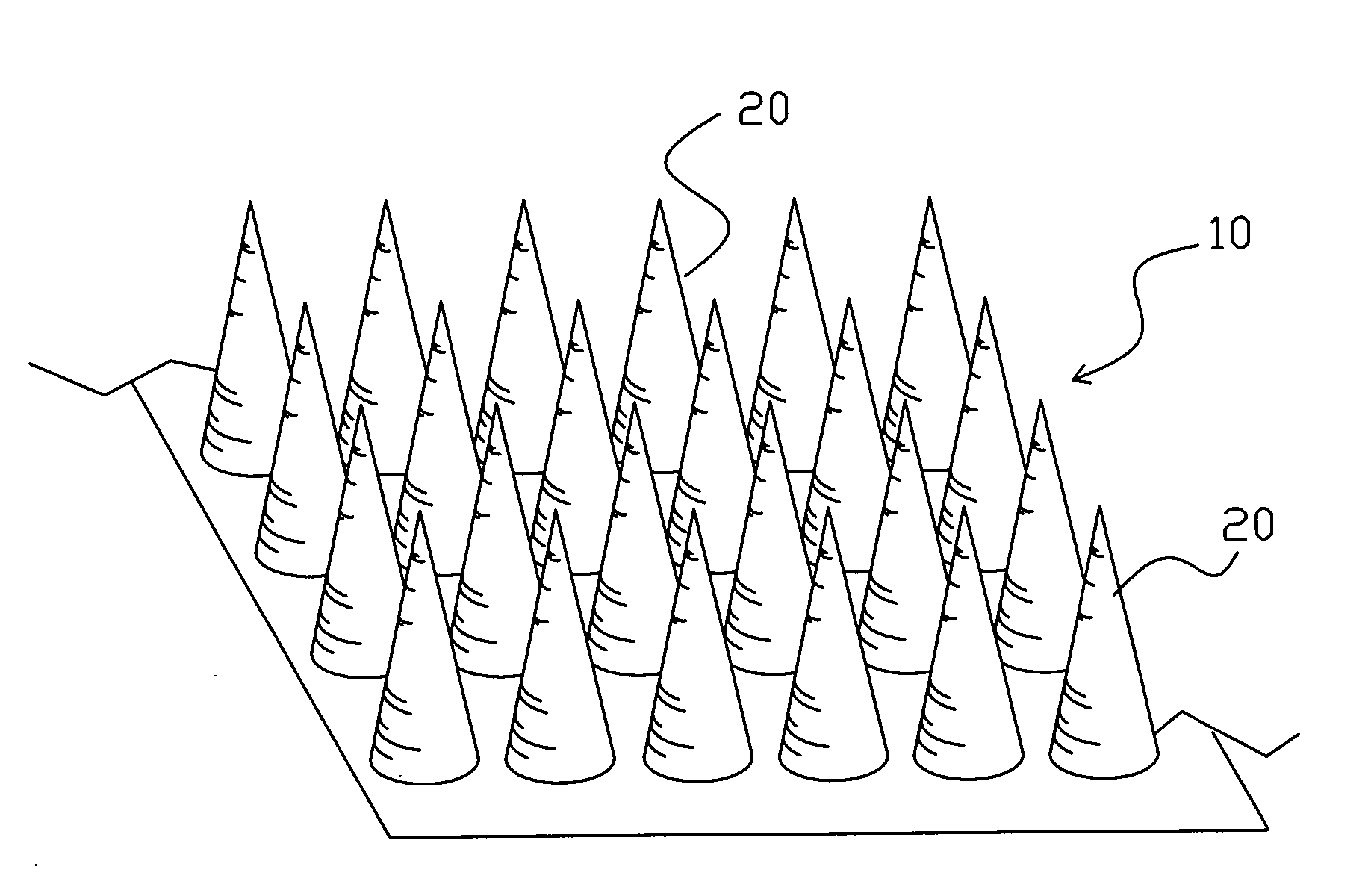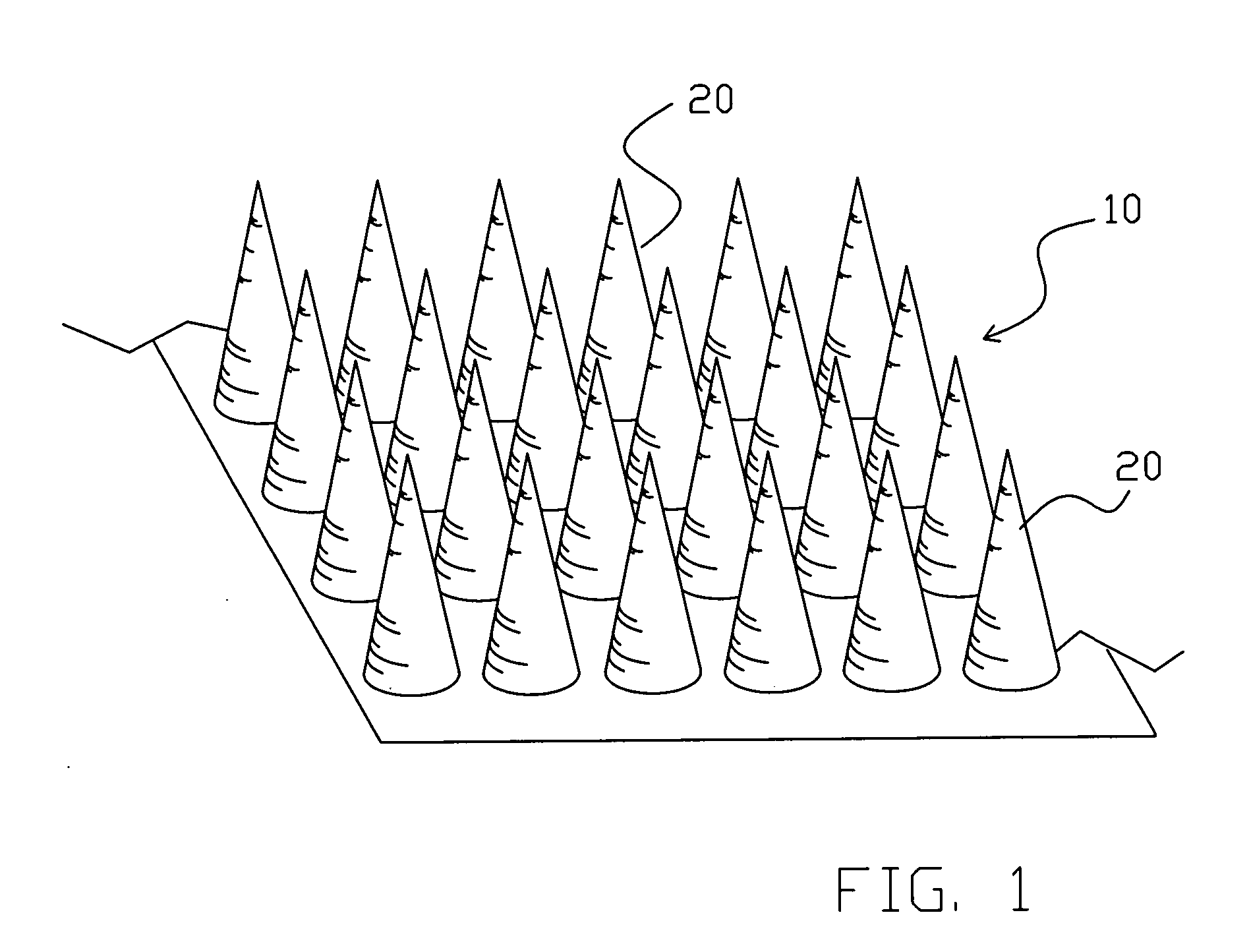Apparatus and method for facilitating nuclear fusion
a technology of apparatus and nuclear fusion, applied in nuclear reactors, nuclear engineering, greenhouse gas reduction, etc., can solve the problems of inability to extract such near limitless amounts, arduous and seemingly impossible tasks, and achieve the effect of facilitating multiple room temperature fusion reactions, releasing more energy, and promoting fusion reactions
- Summary
- Abstract
- Description
- Claims
- Application Information
AI Technical Summary
Benefits of technology
Problems solved by technology
Method used
Image
Examples
Embodiment Construction
[0029] In describing the preferred and selected alternate embodiments of the present invention, as illustrated in FIGS. 1-3, specific terminology is employed for the sake of clarity. The invention, however, is not intended to be limited to the specific terminology so selected, and it is to be understood that each specific element includes all technical equivalents that operate in a similar manner to accomplish similar functions.
[0030] As addressed above, a muon particle is characterized by a negative charge equal to the electron, but is approximately 207 times the mass of an electron. As such, the normal orbit of a muon is much closer to the nuclei than an electron. Therefore, scientists have determined that substitution of the electron in a deuterium atom with a muon particle will allow nuclear fusion to occur at room temperature. That is, the muon effectively shields the repulsive electrical force between the two positively charged nuclei, allowing the nuclei to come together clo...
PUM
 Login to View More
Login to View More Abstract
Description
Claims
Application Information
 Login to View More
Login to View More - R&D
- Intellectual Property
- Life Sciences
- Materials
- Tech Scout
- Unparalleled Data Quality
- Higher Quality Content
- 60% Fewer Hallucinations
Browse by: Latest US Patents, China's latest patents, Technical Efficacy Thesaurus, Application Domain, Technology Topic, Popular Technical Reports.
© 2025 PatSnap. All rights reserved.Legal|Privacy policy|Modern Slavery Act Transparency Statement|Sitemap|About US| Contact US: help@patsnap.com



